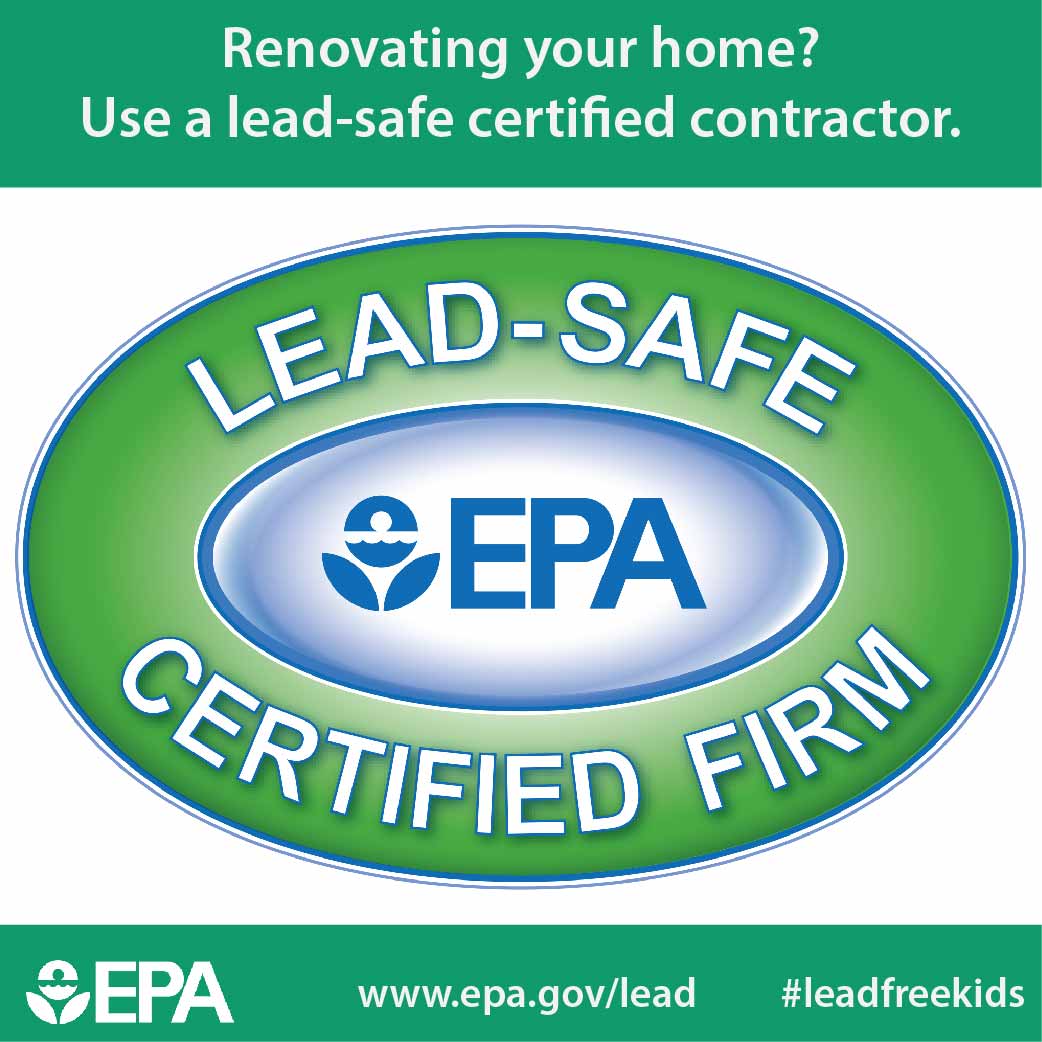Seasonal Factors To Consider For Commercial Outside Paint: What You Required To Know
Seasonal Factors To Consider For Commercial Outside Paint: What You Required To Know
Blog Article
Web Content Produce By-Korsholm Celik
When you're intending a commercial outside paint job, seasonal elements can make or damage your results. You'll want to think about how temperature level and moisture impact paint application and drying times. Choosing the best season can guarantee your paint adheres appropriately and lasts much longer. But which periods are truly the very best for this sort of job? Allow's explore the key elements that can impact your job's success.
The Effect of Temperature Level on Paint Application
When you're intending a commercial exterior paint project, the temperature level can significantly influence just how well the paint adheres and dries out.
Ideally, you want to paint when temperatures vary in between 50 ° F and 85 ° F. If it's also cold, the paint might not heal effectively, resulting in issues like peeling off or splitting.
On the flip side, if it's too warm, the paint can dry out also rapidly, avoiding correct adhesion and resulting in an unequal coating.
You should additionally think about the moment of day; morning or late afternoon offers cooler temperatures, which can be extra positive.
Always check visit the up coming internet page for the particular paint you're making use of, as they typically provide support on the perfect temperature variety for optimum results.
Moisture and Its Result on Drying Times
Temperature level isn't the only environmental element that influences your industrial outside painting job; moisture plays a substantial function also. High humidity levels can slow down drying out times dramatically, affecting the general high quality of your paint task.
When the air is filled with moisture, the paint takes longer to heal, which can lead to concerns like inadequate attachment and a greater threat of mold growth. If you're painting on a specifically damp day, be planned for extended delay times between coats.
It's critical to check local weather conditions and plan accordingly. Ideally, aim for moisture degrees between 40% and 70% for optimum drying.
Keeping these factors in mind guarantees your task remains on track and supplies a long-term finish.
Best Seasons for Commercial Outside Painting Projects
What's the very best season for your industrial external painting tasks?
Spring and very early autumn are generally your best bets. Throughout these periods, temperature levels are light, and humidity degrees are frequently reduced, producing ideal conditions for paint application and drying out.
Stay clear of summer season's intense heat, which can cause paint to dry too rapidly, bring about bad attachment and finish. Similarly, winter's chilly temperature levels can hinder correct drying out and healing, running the risk of the long life of your paint work.
Aim for days with temperature levels in between 50 ° F and 85 ° F for ideal outcomes. Bear in mind to check the neighborhood weather report for rain, as wet problems can wreck your job.
Planning around these variables ensures your painting job runs smoothly and lasts longer.
Verdict
In conclusion, preparing your industrial external painting jobs around seasonal considerations can make a substantial distinction in the result. By organizing job throughout the ideal temperatures and humidity degrees, you'll guarantee far better attachment and drying times. Keep in https://commercialpaintersnearme87542.blogunteer.com/33405319/steps-to-obtain-your-home-ready-for-professional-home-painters to watch on neighborhood weather prediction and choose the right time of year-- spring and very early autumn are your best choices. Taking these actions will help you attain a durable and expert finish that lasts.
